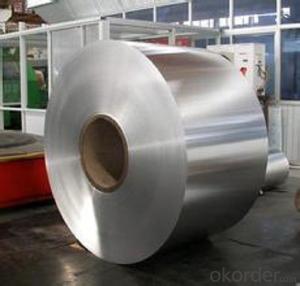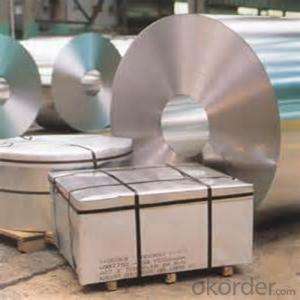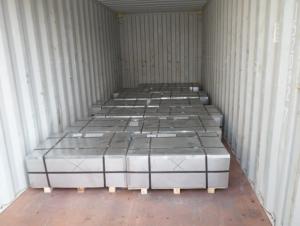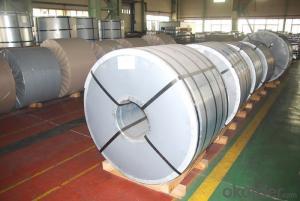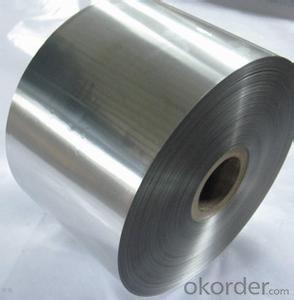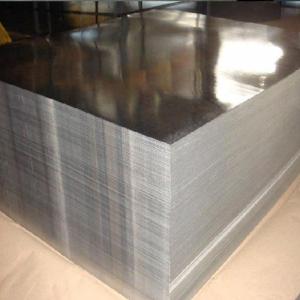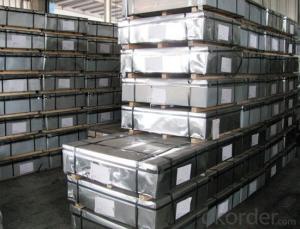Tinplate Properties
Tinplate Properties Related Searches
17-4 Stainless Steel Properties 18-8 Stainless Steel Properties 303 Stainless Steel Properties Aluminum Jig Plate Properties Properties Of Geomembrane Compacted Graphite Iron Fiberglass Properties Tinplate Properties Geogrid PropertiesHot Searches
Type Of Scaffolding With Pdf Aluminum Corp Of China Stock China Wide Aluminum Foil Cost Of Heated Floors In Bathroom Cost Of Evacuated Tube Solar Collectors Price Of A Container Aluminum Sheet Stock Sizes Cost Of 4X8 Sheet Of Plywood Cost Of Drywall Per Sheet Cost Of Plywood Per Square Metre Cost Of Mdf Per Square Metre Cost Of A Ton Of Coal Cost Of Room Heater Cost Of Folding Chairs Online Shopping Of Kitchen Items Pallet Of Shingles Cost Cost Of Installing Hardwood Floors Cost Of Hardwood Floors Cost Of Heated Floors Cost To Waterproof A BasementTinplate Properties Supplier & Manufacturer from China
Okorder.com is a professional Tinplate Properties supplier & manufacturer, offers integrated one-stop services including real-time quoting and online cargo tracking. We are funded by CNBM Group, a Fortune 500 enterprise and the largest Tinplate Properties firm in China.Hot Products
FAQ
- The main challenges in the disposal of tinplate products include recycling limitations, contamination risks, and the need for proper waste management infrastructure. Tinplate products are often coated with other materials, such as plastic or paint, which makes recycling more difficult. Additionally, if tinplate products are not properly separated from other waste streams, they can contaminate recycling processes. Lastly, the efficient disposal of tinplate products requires adequate waste management infrastructure to handle the volume and ensure proper treatment and disposal methods are implemented.
- Some of the different testing methods for tinplate packaging include visual inspection, leak testing, drop testing, compression testing, and corrosion resistance testing.
- One of the weight advantages of using tinplate is its lightweight nature. Tinplate is made of thin sheets of steel coated with a layer of tin, which makes it lighter compared to other metal packaging materials. This lightweight feature allows for easier transportation, storage, and handling, reducing overall costs and increasing efficiency in various industries.
- Yes, tinplate can be used for medical packaging. It is a commonly used material for packaging medical products due to its durability, resistance to corrosion, and ability to maintain product quality. Tinplate containers can provide a protective barrier against moisture, light, and oxygen, ensuring the safety and integrity of medical supplies.
- Yes, tinplate packaging can be used for pet food products. Tinplate is a suitable material for packaging pet food due to its durability, resistance to corrosion, and ability to maintain the freshness and quality of the food. Additionally, tinplate cans are also safe for pets as they do not leach harmful chemicals into the food.
- Tinplate can significantly improve the recyclability of mixed-material packaging. It provides a protective layer that prevents contact between different materials, reducing contamination and making the separation process easier during recycling. Additionally, tinplate is highly recyclable itself, meaning it can be efficiently processed and reused, further enhancing the overall recyclability of mixed-material packaging.
- Tinplate packaging enhances product visibility by providing a sleek and reflective surface that attracts attention and highlights the product's branding and design. The shiny nature of tinplate packaging helps products stand out on store shelves, making them more noticeable and appealing to customers.


















